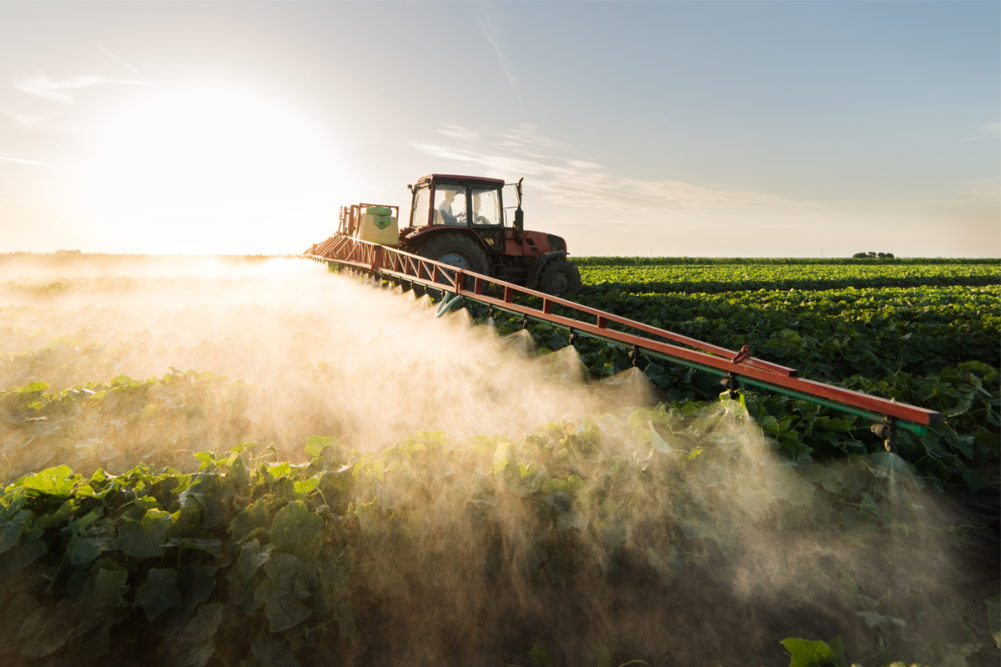KANSAS CITY — Fertilizer prices have stabilized or eased slightly in the five months since Russia invaded Ukraine, but remain at sharply higher levels than in 2021, so producers who buy early to begin planning for 2023 crops won’t see the same savings that they did last year.
Those findings and other expectations for the fertilizer market in 2023 stem from research undertaken by the Department of Agricultural and Consumer Economics at University of Illinois at Urbana-Champaign and published on Farmdoc Daily on July 19.
In 2021, farmers who purchased nitrogen-based fertilizer early paid far less than those who waited, the economics researchers said. From July 2021 to July 2022, anhydrous ammonia prices jumped to $1,469 per ton from $726 per ton; diammonium phosphate (DAP) went to $983 per ton from $688, and potash rose to $862 per ton from $481.
Those price increases began to mount before the Eastern European war broke out. In the immediate aftermath of Russia’s invasion, prices on fertilizer, grain and oilseeds spiked. By July, prices on those three commodity categories receded close to pre-war January 2022 levels, indicating markets’ apparent absorption of the conflict’s impacts.
The good news for farmers making plans for the 2022-23 crop year is that fertilizer supplies for the western hemisphere appear to be adequate, the UI economics team said. But the fertilizer cost outlook in the case of anhydrous ammonia is closely tied to the direction of natural gas and corn prices. For the former, prices hit a monthly average of $8.14 per million BTUs in May and $7.70 in June, well above recent averages and the highest levels since 2008.
The bigger driver is corn prices, the article said, which have fallen to pre-Ukraine-war levels, but remain at relatively high levels.
“Current corn prices point to relatively high nitrogen fertilizer prices but a continued falling price for corn could point to the potential for further declines in nitrogen fertilizer price,” the UI study said.
However, the report noted the geopolitical possibilities that could send prices higher once again. Russia has slowed natural gas supplies to Western Europe citing pipeline maintenance. Further reduction or a total shutdown of that pipeline would raise the price of nitrogen fertilizer production in Europe, and possibly trigger a recession affecting all grain and fertilizer markets. Secondly, there are concerns major fertilizer exporter China could restrict outflow of supplies. Severe COVID-related restrictions in that country have increased fears of a Chinese recession that could depress grain sales to China and, thus, US grain prices.
Ultimately, US farmers are facing much higher year-over-year fertilizer prices and perhaps more market uncertainty than usual, the report concluded.
“Given this uncertainty, farmers who purchase nitrogen in late summer/early fall may wish to price 2023 production of corn,” the UI team said. “High corn prices are needed to cover the high nitrogen prices. If sales are not made at the same time, corn prices could decline between the time of the nitrogen purchase and the time of corn sale.”
Farmers considering their options might delay nitrogen purchases, or split applications between fall and spring to spread price risk, the report concluded.
“If considering post-planting application, farmers may wish to consider the PACE, a crop insurance product that is an endorsement to the COMBO product,” the UI team said. “That endorsement will cover financial losses if nitrogen cannot be applied post application due to causes covered by the policy.”




